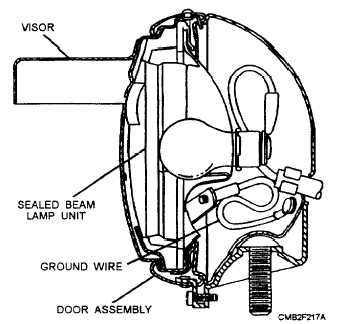
Figure 2-64. - Accepted beam pattern for a four-headlight system.
BLACKOUT LIGHTS
Blackout lighting is a requirement for certain combat operations. The purposes of blackout lighting are as follows:
To provide the vehicle operator with sufficient light to operate the vehicle in total darkness
To provide minimum lighting to show vehicle position to a leading or trailing vehicle when illumination must be restricted to a level not visible to a distant enemy
The three types of blackout lighting are as follows:
The BLACKOUT DRIVING LIGHT (fig. 2-65) is designed to provide a white light of 25 to 50 candlepower at a distance of 10 feet directly in front of the light. The light is shielded so that the top of the low beam is directed not less than 2 degrees below the horizon. The beam distribution on a level road at 100 feet from the light is 30 feet wide.

Figure 2-65. - Blackout driving light.
The BLACKOUT STOP/TAILLIGHT and MARKER LIGHT (fig. 2-66) are designed to be visible at a horizontal distance of 800 feet and not visible beyond 1,200 feet. The lights also must be invisible from the air above 400 feet with the vehicle on upgrades and downgrades of 20 percent. The horizontal beam cutoff for the lights is 60 degrees right and left of the beams center line at 100 feet.
The COMPOSITE LIGHT (fig. 2-67) is currently the standard light unit that is used on the rear of tactical military vehicles. The composite light combines service stop, tail, and turn signals with blackout stop and taillighting.

Figure 2-66. - Blackout stop/taillight and marker light.

Figure 2-67. - Military composite light.
Continue Reading